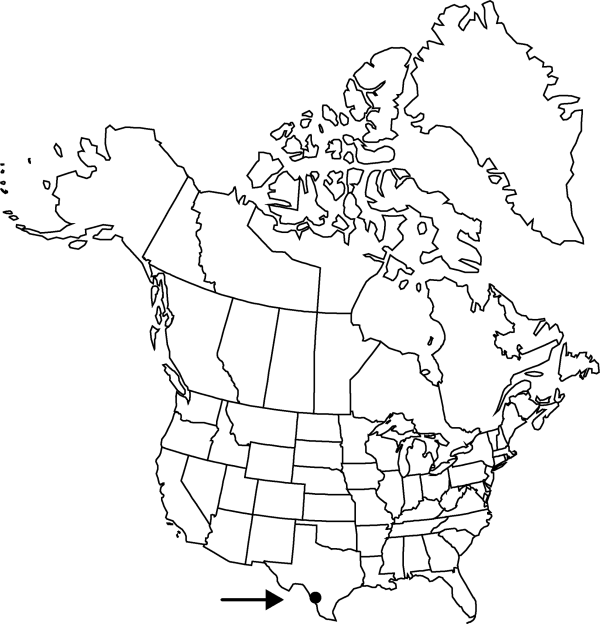Opuntia aciculata
Proc. Biol. Soc. Wash. 29: 10. 1916.
Shrubs, spreading, to 1.2 m. Stem segments not disarticulating, deep green, flattened, subcircular to obovate, 13–20 × 8–10 cm, nearly smooth, glabrous; areoles 5–7 per diagonal row across midstem segment, subcircular, 4–5 mm diam.; wool brown, long. Spines commonly absent or evenly distributed with 1–3(–8) per areole, deflexed, yellow or brown, tipped yellow or mottled brown, straight, acicular, the longest to 50 mm. Glochids widely and evenly spaced, conspicuous, radiating like star or pincushion, pale to deep red-brown, sometimes tipped yellow, 3–8 mm. Flowers: inner tepals yellow, orange, or deep red (rarely magenta), to 30 mm; anthers yellow; filaments and style usually cream to pink; stigma lobes dark green. Fruits purplish red, ovoid to pyriform, 30–38 × 17–25 mm, juicy, glabrous, spineless; areoles 24–26. Seeds subcircular, 3–3.5 mm diam.; girdle size unknown. 2n = 44.
Phenology: Flowering spring (Apr–May).
Habitat: Rangeland scrub, gravelly hills
Elevation: 100-200 m
Discussion
Opuntia aciculata is found in the flora area only along the Rio Grande in Webb County, Texas, perhaps introduced. It was reported from Nuevo León, Mexico, according to D. Weniger (1970). The spineless or nearly spineless form with red to deep red tepals is widely cultivated.
Selected References
None.
